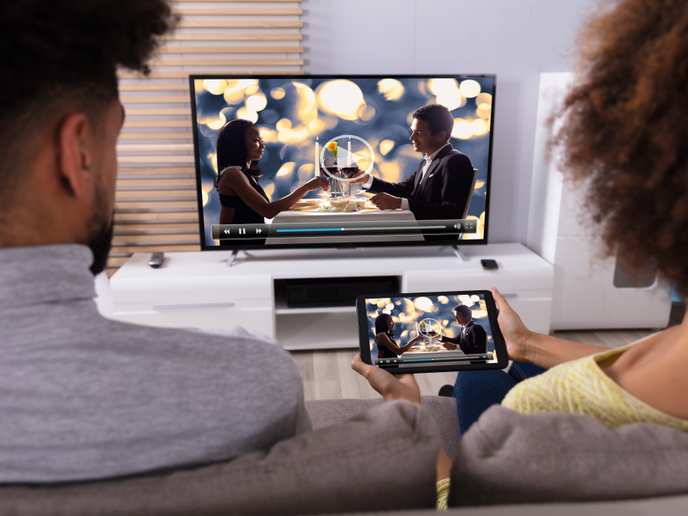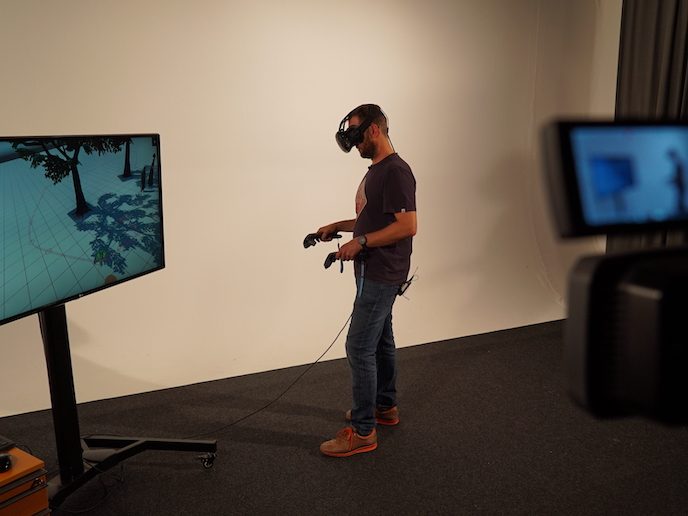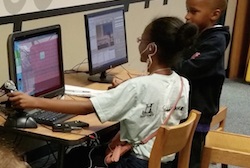TV any way you like it
Gigantic, ultra-high definition TV screens are no longer the ultimate viewing experience. Today, many people watch TV with multiple additional devices beside them. Although internet-streaming content is challenging conventional TV broadcasters, streamed content rarely complements the main broadcast. Instead, the two modes often clash. Many viewers would prefer to watch major TV events with synchronised supplementary content cast to small screens. Yet, so far, the demand has gone largely unmet. New software environment To meet the demand, the EU-funded 2-IMMERSE project developed a software environment enabling customisable, interactive, multiscreen TV content. The environment includes the knowledge and tools needed to deliver content in this mode, plus guidelines for extending the infrastructure. “We enable personalisation of television by using object-based broadcasting [OBB],” says Doug Williams, 2-IMMERSE technical project manager, “which is where content objects – graphics, video and audio – are rendered at the client device rather than prior to transmission.” The software, which is based on familiar internet technologies, allows companion devices to discover and jointly run services. The system defines the role each screen should take in the multiscreen experience. The innovation also allows users to interact with the content and remotely share experiences with each other. Prototype development Researchers created and evaluated a series of five open-source prototype OBB systems, intended for homes and public spaces. Each prototype introduced new features and capabilities. The first system demonstrated the project’s basic principle and established the Theatre at Home concept. Users were able to watch a Shakespeare production as in a real theatre: being able to chat with friends, or refer to texts including script and synopses of the play. The next prototype used a MotoGP broadcast to introduce responsive design features, user profiles, and user selection of additional video feeds. The next two prototypes featured a presentation of the Emirates FA Cup Final, bringing in real-time service customisation separately for homes and public Fanzones. Fanzones are public spaces equipped with large screens, often just outside sport stadiums, where fans without tickets gather to watch events. The final prototype, Theatre in Schools, added multiscreen interactive educational services featuring several different modes for teachers and students. This allowed students to create and share responses to the Shakespeare play. The team’s presentation of the MotoGP won the 2018 HbbTV award for best multiscreen service. Other project prototypes were nominated for the British Market Research Society’s award for Best Innovation. The service prototypes favour fans of sports and live theatre, as well as English and Drama educators, but the project’s concept is not limited to these domains. Almost any TV genre could be adapted to the 2-IMMERSE concept. Researchers hope to foster a community of practice based around the software the project has released. “We hope TV production companies will embrace the concept,” adds Williams, “adapting their workflows and products to allow the generation of video, graphics and audio that can be handled in an object-based broadcasting way.” The project will continue working with telecommunication companies to explore the potential of OBB for sport broadcasts and other areas. The era of viewers passively watching broadcast TV is ending. Thanks to 2-IMMERSE, viewers will soon have many options for interactivity and customisation.
Keywords
2-IMMERSE, multiscreen, theatre, sport, interactive, object-based broadcasting, immersive, streaming, customisable






